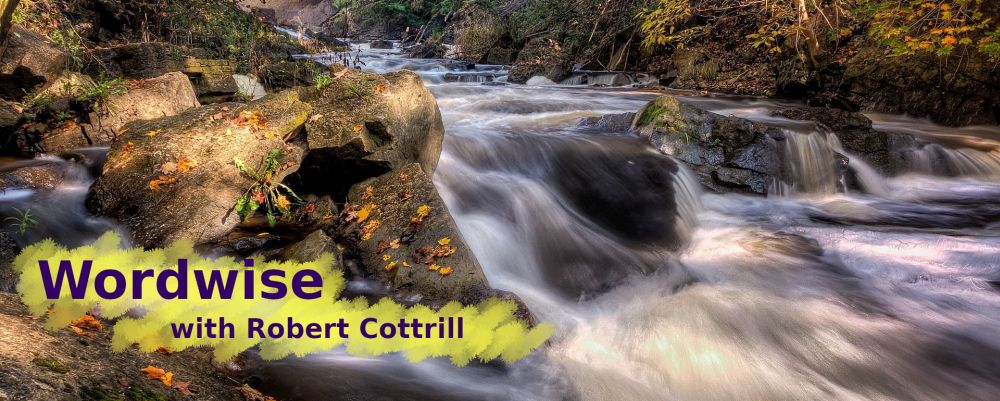Love Lifted Me
Words: James Rowe (Jan. 1, 1865; d. Nov. 10, 1933)
Music: Howard E. Smith (b. July 16, 1863; d. Aug. 13, 1918)
Note: James Rowe wrote other commonly used gospel songs. His story is told in the Wordwise link below, as is that of composer Howard Smith. Of the latter man, we know little, other than that he served for many years as a church organist in Connecticut.
Mr. Rowe apparently claimed to have written over 19,000 song texts. This seems excessive in the extreme. It would require writing more than one song a day, every day, for the forty-eight years of his adult life! (Where are they?) I’m wondering if the short poems for greeting cards, which Rowe also composed, were perhaps included in that number. Or whether a comma was misplaced and the number is 1,900. I simply cannot see him writing more than twice as many gospel songs as Fanny Crosby.
(Stanza numbers in brackets below refer to the stanza number in The Cyber Hymnal. Find the link at the bottom of the article.)
As I discuss in the Howard Smith link at the bottom of this article, this tune has a serious flaw. Its style does not match the message of the words at key points. The jaunty, rinky-tink rhythm is not in keeping with the sober confessing of “sinking deep in sin,” and being “very deeply stained within.”
This can be corrected somewhat if the song is sung slower, and the bounce in the rhythm is smoothed out a little. However, I suspect that many of those who sing the song do so because they enjoy the happy ump-tee-dum-dum of the beat. They will feel deprived if that is missing.
I’ve had this experience with other songs, when leading a meeting. Someone will ask for a favourite, and wanting to give the congregation a fresh look at the words, I’ve used another (familiar) tune. So often this reveals that a song is loved not for its words, but its tune. Disheartening, but true.
It’s somewhat ironic that (2) contains the insightful line, “Love so mighty and so true, merits my soul’s best songs.” That is absolutely the case, but it will also be evident to anyone who studies the subject that Howard Smith’s contribution–especially married to James Rowe’s words–would not rank as one of our “best songs.”
All of this being said, there is a simple message in this particular selection that is true to the gospel.
(1) I was sinking deep in sin, far from the peaceful shore,
Very deeply stained within, sinking to rise no more,
But the Master of the sea, heard my despairing cry,
From the waters lifted me, now safe am I.
Love lifted me! Love lifted me!
When nothing else could help
Love lifted me!
Love lifted me! Love lifted me!
When nothing else could help
Love lifted me!
It’s apparent that Rowe is drawing in the opening stanza on the account of Jesus coming to His disciples, walking on the Sea of Galilee (Matt. 14:22-33). Peter called to Him, “Lord if it is You, command me to come to You on the water” (vs. 28), and the Lord did so. Bold Peter began to walk toward Jesus, with the rolling sea as his pavement. However, as he realized the fury of the gale, he got his eyes off the Lord. Beginning to sink, he cried out, “Lord, save me!” (vs. 30). Jesus lifted him up, rebuking him for a lack of faith (vs. 31).
The parallel is not precise, since Peter at this point was a believing Jew–one who had yet to learn to trust Christ fully–but the parallel of imminent danger certainly suits the condition of the lost sinner. (2) carries on the message with the sinner trusting in Christ and determining to live for Him and sing His praises.
(2) All my heart to Him I give, ever to Him I’ll cling
In His blessèd presence live, ever His praises sing,
Love so mighty and so true, merits my soul’s best songs,
Faithful, loving service too, to Him belongs.
Finally, the saved sinner appeals to others to do as he has done, as we return to the metaphor of the “angry waves” from which the Saviour has the power to deliver.
(3) Souls in danger look above, Jesus completely saves,
He will lift you by His love, out of the angry waves.
He’s the Master of the sea, billows His will obey,
He your Saviour wants to be, be saved today.
Questions:
- What are some parallels between sinking Peter and the plight of the sinner?
- What gospel truths might be drawn from the image of Christ walking on the stormy sea?
Links:
- 10 November 1933 – James Rowe Died
- 16 July 1863 – Howard Smith Born
- Love Lifted Me (The Cyber Hymnal)

